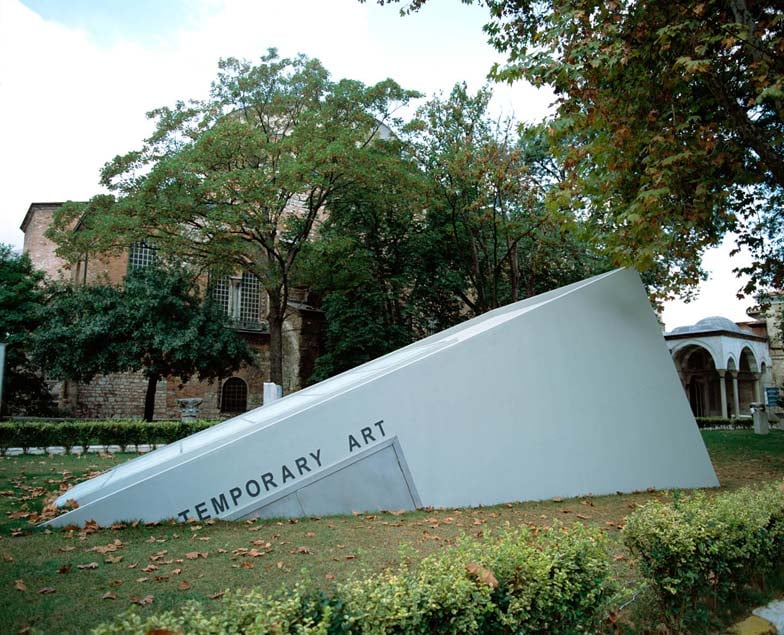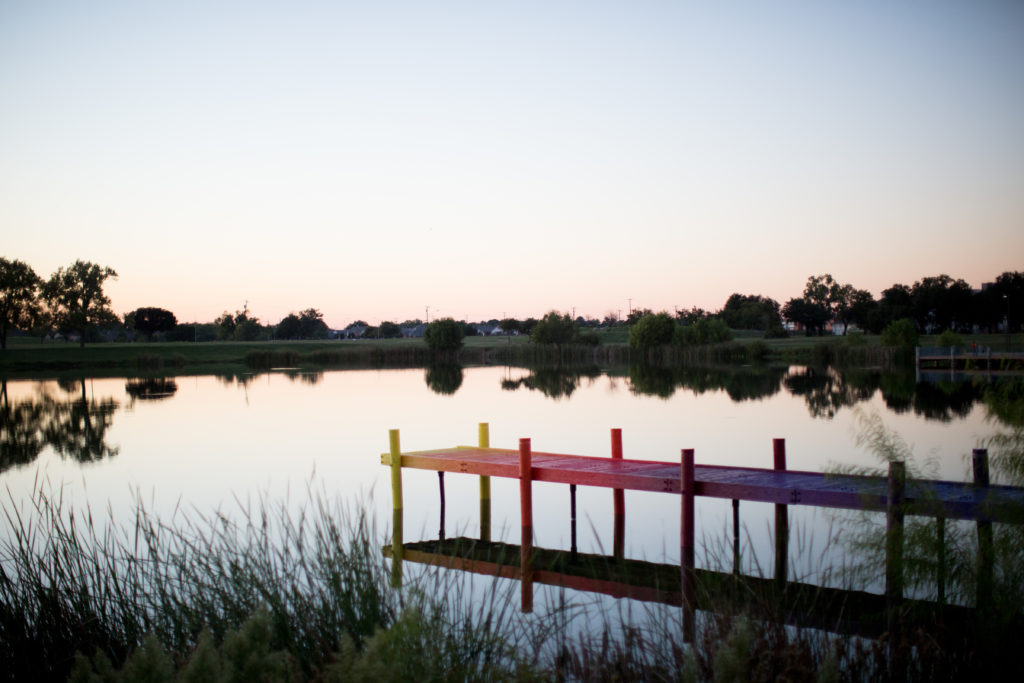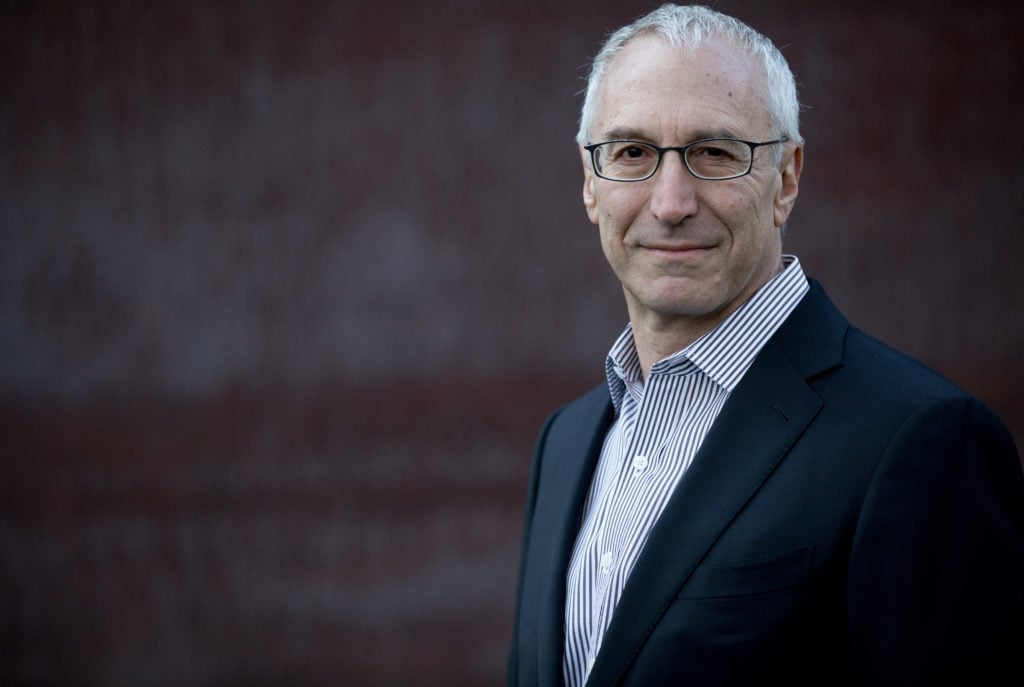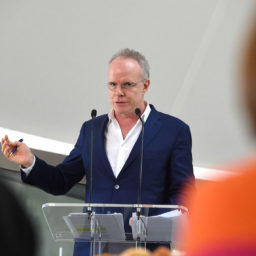Recently, I spoke to an artist friend about his experience of coronavirus-enforced isolation. Just a few weeks ago, he was working with several assistants in a large studio, looking forward to a move into an even bigger space. Now that he finds himself alone, he does not regret the opportunity for reflection—but he still longs for his work to be seen, not only virtually, but physically.
While this longing is no doubt common to most artists, the sentiment is compounded, for many, by crushing economic anxiety. Activity in the art market, though not halted, has precipitously declined, and art-handling and other part-time work—a lifeline for creative professionals—has dried up. A new survey of 10,000 American artists conducted by Artist Relief found that 62 percent are now fully unemployed.
Amidst this dire news, many have looked to history for inspiration, recalling how the US government stepped in to support artists across the country with the Federal Art Project of the Works Progress Administration during the Great Depression. Thousands of struggling artists were thrown a lifeline with commissions to create everything from public art to posters. Communities were adorned with significant works, artistic careers were nurtured, and the course of American art history was changed.
It would be equally significant to see a national art strategy modeled after that of the New Deal today. But it is unlikely that such an endeavor could be achieved under the current administration. Plus, time is of the essence: artists need help now.

Philip Guston sketching a mural for the WPA Federal Art Project in 1939. Photo: David Robbins via Wikimedia Commons.
That’s why I propose a different kind of collaboration—one that aligns artists, museums, local governments, and foundations—to reinvigorate public art.
Why Public Art?
Across the country, shuttered museums have pivoted to online programming. Much of it is excellent, but it is not—or, at least, not yet—remunerative. Layoffs have become common, of part-time employees in particular (many of whom are artists). For some institutions, projected losses from all lines of revenue are catastrophic.
To make matters worse, it is becoming increasingly clear that these challenges are not short-term. When institutions are able to reopen, attendance will likely be restricted for months, if not years, to come. Until people can again feel safe gathering in large numbers, the model many museums have come to rely on—temporary traveling exhibitions that drive attendance and donations—will not be operable. Instead, museums are likely to re-examine their permanent collections, as they have done in previous moments of financial duress. But even if this tactic draws interest from the public, social-distancing guidelines will likely force restricted attendance, and many visitors will remain leery of public spaces until a vaccine or effective treatment becomes available.
Still, there is room for innovation. Just as COVID-19 links artists and museums in a common crisis, it’s possible that a common endeavor could facilitate their survival. Museums may be closed or offering restricted visitation, but there is still ample opportunity for the creation of public art. Sculpture, painting, performance, video projection, social-practice work, and more can all be made for public space, transforming communities while providing income and employment for artists.

Elmgreen & Dragset, Traces of a Never Existing History (2001). Photo courtesy of the Nasher Sculpture Center.
Museums, for their part, are well positioned to organize those efforts. Their ranks include curators with extensive relationships with artists; education teams prepared to facilitate interpretation and engagement; registrars to organize the transportation and procurement of work; conservators to advise on materials; and facility managers with experience in construction.
How could such an initiative be funded? States, counties, and municipal governments—which are at this time proving more responsible and effective than the federal government even as they cope with reduced tax revenues and greater demand for social services—may find that it is in their long-term economic interest to prop up their leading cultural institutions in a time of great need and to sustain the creative forces that make their communities vibrant. And while public funding may be understandably stretched thin, such a collaboration could also be supported by foundations, corporations, and individuals who might otherwise underwrite exhibitions at museums.
Looking for Models
There’s precedent for the engagement of museums in the production of public art. In 2013, the Nasher Sculpture Center, where I serve as director, marked its 10th anniversary with a citywide exhibition of public art inspired, in part, by the history of its founding collection. Beginning in the 1970s, Patsy and Raymond Nasher placed important works from their holdings in NorthPark, the shopping center that they opened a few years earlier.
In that spirit, for our 10th anniversary, the Nasher Sculpture Center invited nine artists and one collective—international, national, and local—to temporarily site works in neighborhoods across the city. The project, dubbed Nasher XChange, involved partnerships with community organizations and businesses across Dallas. With efforts like a series of bus tours and a dedicated app that featured extensive didactic information and turn-by-turn directions, the city-spanning project offered a chance not only for the public to experience 10 very different approaches to public art, but also for the city to discover itself in a new way.

Ugo Rondinone, Dear Sunset, part of Nasher XChange. Photo by Allison V Smith for the Nasher Sculpture Center.
A more durable model is offered by Buffalo’s Albright-Knox Art Gallery, which in 2013 launched a public art initiative in partnership with the County of Erie and later the City of Buffalo in an effort to foster community and social engagement through public art while enhancing the region as a cultural destination.
With seed money from the county, the Albright-Knox hired a curator of public art and set about commissioning works throughout the community. Since then, the museum’s public art department has commissioned more than 40 works, both permanent and temporary. While the county and city are the overall sponsors of the Public Art Initiative, funding for individual works has come from both in-kind support from local businesses and private donations. Importantly, the Public Art Initiative’s commissions are independently facilitated by the museum and not subject to political oversight.
Adapting a model like this for our current moment could both enhance civic life and offer a lifeline to museums and artists. It makes sense: museums offer unparalleled expertise in exhibition production. And since visitation will likely be limited over the next year or two, public art offers them a way to fulfill their missions while giving their audiences a safe (and socially distanced) way to engage. As recipients of commissions, artists would find both compensation and a way to access viewers in person. Furthermore, additional tax benefits are being offered for donations to nonprofits as part of the CARES Act, which might further incentivize those able to support such a public art program.
A New Deal-style national initiative might be ideal. But a patchwork of state, local, and private programs, working through museums, could have a significant impact on American cultural life, revitalizing the landscape of communities as they emerge from their homes, longing for inspiration.
Jeremy Strick has served as director of the Nasher Sculpture Center in Dallas, Texas since 2009.










